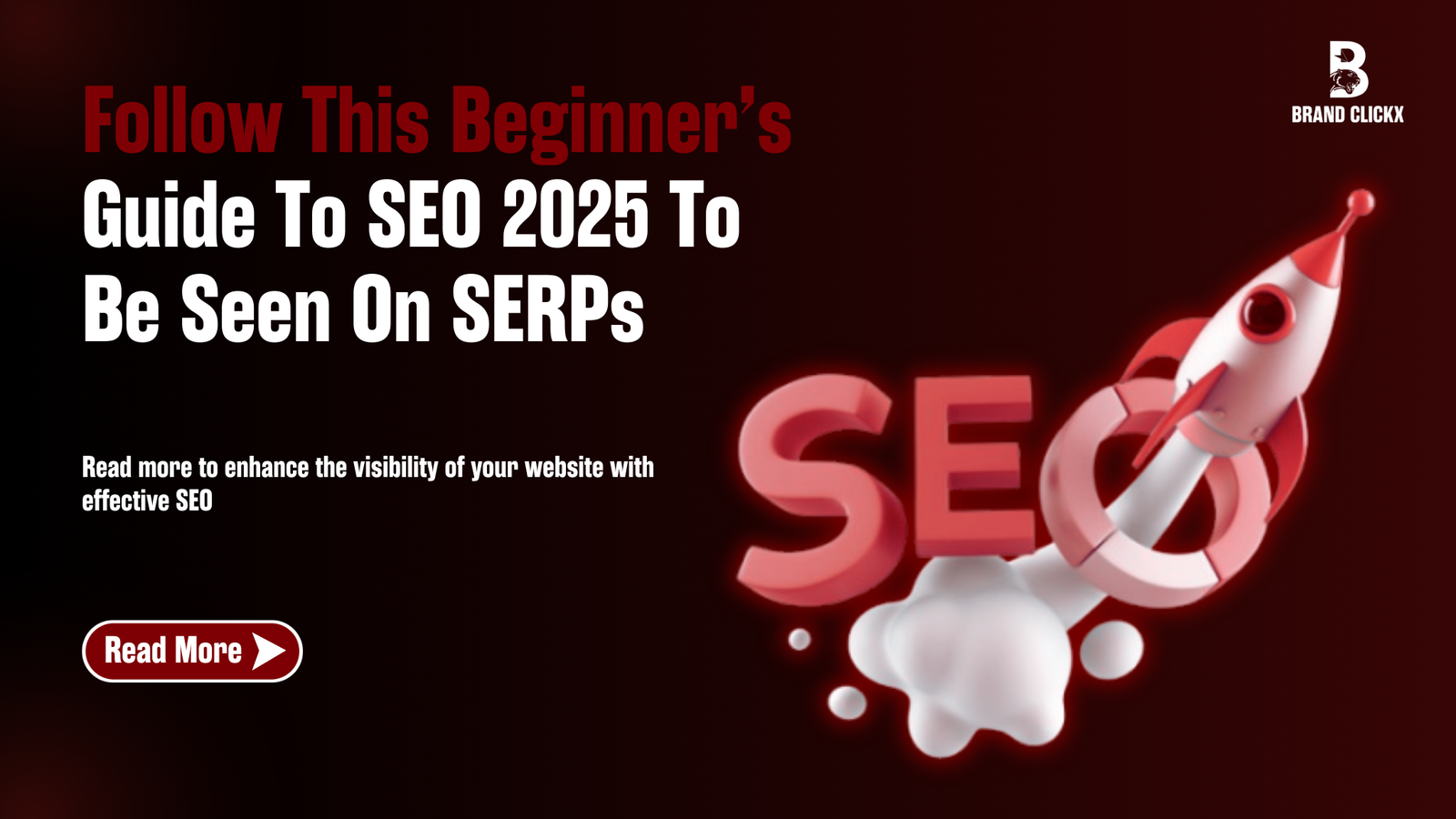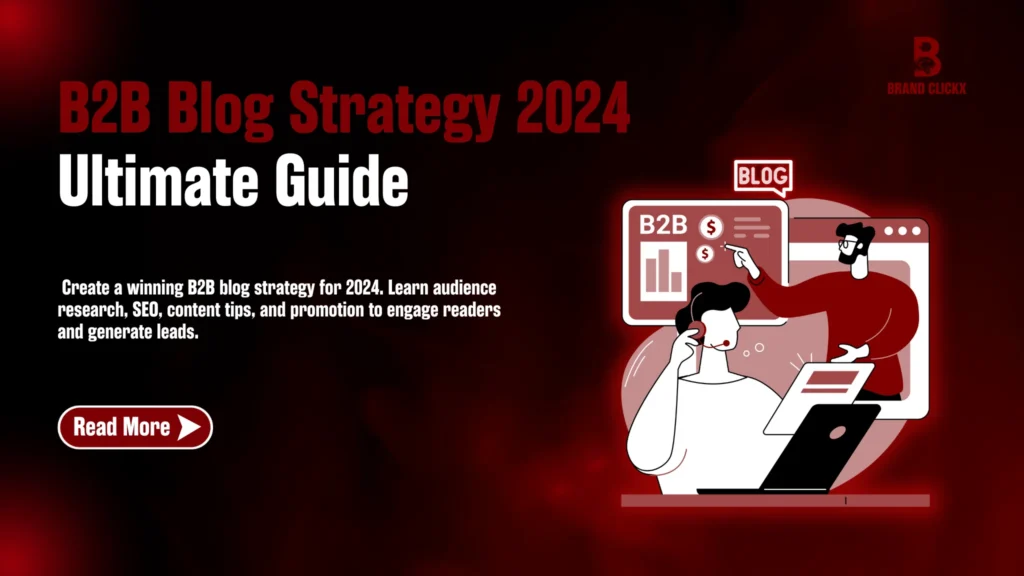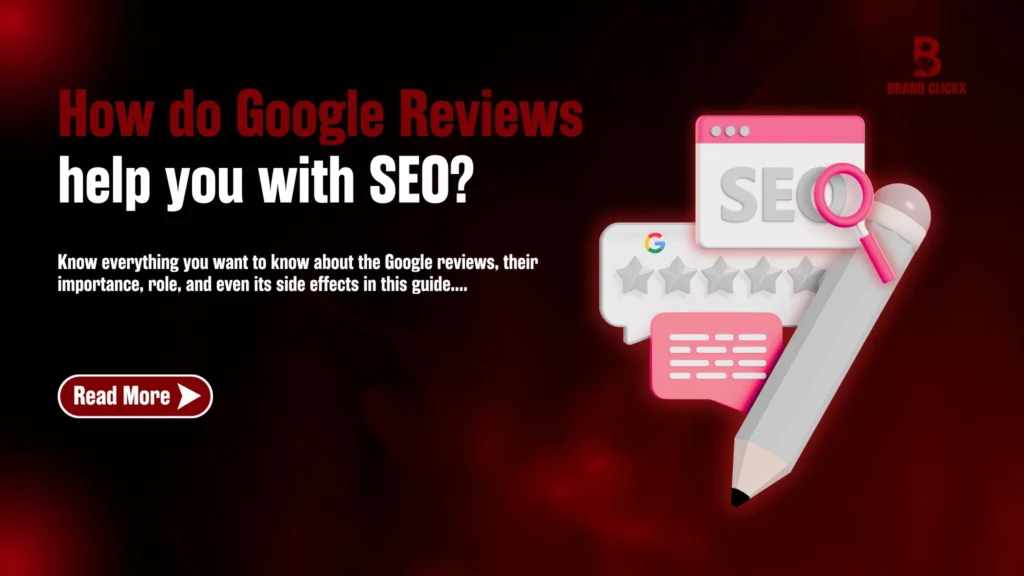Let’s be real, SEO can feel overwhelming, right? You know it’s something you should be doing, but with all the complicated terms and constant Google updates, where do you start? Don’t worry, you’re not alone. This Beginner’s Guide to SEO 2025 is here to make things simple.
If you’re a busy founder, you’ve probably been there, you’ve poured time and money into building a great website, but it’s stuck somewhere on page 5 of Google. Oops. The hard truth? Most people will never find you if your site isn’t visible on the first page. And no visibility means no traffic, no leads, and no growth.
But here’s the good news: SEO doesn’t have to be complicated. In this guide, we’ll break it all down step by step. You’ll learn how to make your website rank higher, get more traffic, and turn those visitors into customers.
So grab a coffee, relax, and let’s explore it. By the end, you’ll know exactly what to do to make your business visible online.
Let’s get started!
What is SEO?
Search engine optimization, SEO, is the action you take to make your site come out higher in Search Engine Results Pages (SERPs). It consists of performing SEO (search engine optimization) of various aspects of your site like, content, structure, speed, and user experience – in order to be appealing to Google, Bing; DuckDuckG,o and modern AI search tools, such as ChatGPT plugin or voice search gadgets.
Basically, SEO makes search engines understand your site’s value and relevancy and presents it when a user is searching for the same.
How Does SEO Work?
SEO focuses on two main areas:
- On-page SEO: Includes elements within your website such as text, meta descriptions and keywords.
- Off-page SEO: Backlinks, social signals, and brand mentions that add to your site’s authority.
The search engines have their complex algorithms to find out how much a given website matches the user query. They consider over 200 ranking factors, including (the most important ones):
- Keyword relevance.
- Site speed.
- Mobile usability.
- Quality backlinks.
- Click-through rate (CTR) and bounce rate.
Why is SEO Important?
SEO is the backbone of any business, blog or content creator that wants to stay in this competitive digital space. Here’s why:
1. Visibility
75% of users don’t scroll past the first page of search results. According to studies, 68% of clicks get to the first five results. If you’re not in the top spots of search results for your website, it’s as close to invisible as it gets to the majority of users.
Example: If someone searches for “vegan cake recipes,” you want to rank on the first page because if you rank on the first page, you get readers who are interested in vegan baking.
2. Organic Traffic is Free(But Valuable)
Organic traffic is visitors who come to your site naturally through search engines, and SEO offers you the opportunity to get it without spending any money on ads.
Example: For example, assuming you had a blog post for “Top 10 budget travel tips for 2025” you could continue to get traffic for months or even years.
3. Targeted Marketing
SEO brings them to you actively searching for what you have to offer.
Example: When you run a pet grooming service business, you need to rank for something like “best pet groomers in Los Angeles”, as your visitors most probably want to book your services.
4. Builds Credibility and Trust
Usually, users perceive websites on top of SERPs as credible and authoritative.
Example: When you read content from a health blog with content ranked on Google’s first page, you start to trust readers, increasing the likelihood that they will share or follow your advice.
5. Compete In a Digital-First World.
In 2025, global web traffic will be 92 % search-driven. If your competition is working at SEO you risk losing market share if you’re not.
Why SEO is Crucial in 2025?
SEO isn’t simply about visibility anymore, it’s about adaptability in a world where consumer behaviour and search technology never stay the same, and where people look at the same website on a mobile device a different way than they would on a desktop.
Key 2025 Trends That Make SEO Vital:
Voice Search Dominance:
Stats: In 2025, close to 75% of all households around the world expected to own a smart speaker such as Amazon Echo or Google Nest.
Example: But people are starting to search by voice using phrases like, Where’s the nearest vegan cafe open now? This means that you have to optimize your site for natural conversational language.
AI Integration in Search:
Thanks to tools like Google’s MUM (Multitask Unified Model) and Bing’s AI-powered search such as ChatGPT, search engines not only understand user intent on a site and in a language but also in a format and on a platform.
Example: This is instead of users typing ‘travel tips Italy,’ and asking, ‘What should I pack for a summer trip to Italy?‘ To be SEO in 2025, your content needs to be about intent-driven searches.
Shift Toward Video-First Content:
Example: Those ‘how to’ searches will send people to YouTube or even TikTok. If you’re in the DIY space, creating and optimizing videos with keywords like ‘How to build a bookshelf in 30 minutes’ can send you through the roof.
The Basics of Search Engine Optimization
How Search Engines Work
Search engines like Google operate using three main steps: Crawling, Indexing, and Ranking. Each step plays a crucial role in ensuring that users receive the most relevant and high-quality results for their queries.
1. Crawling
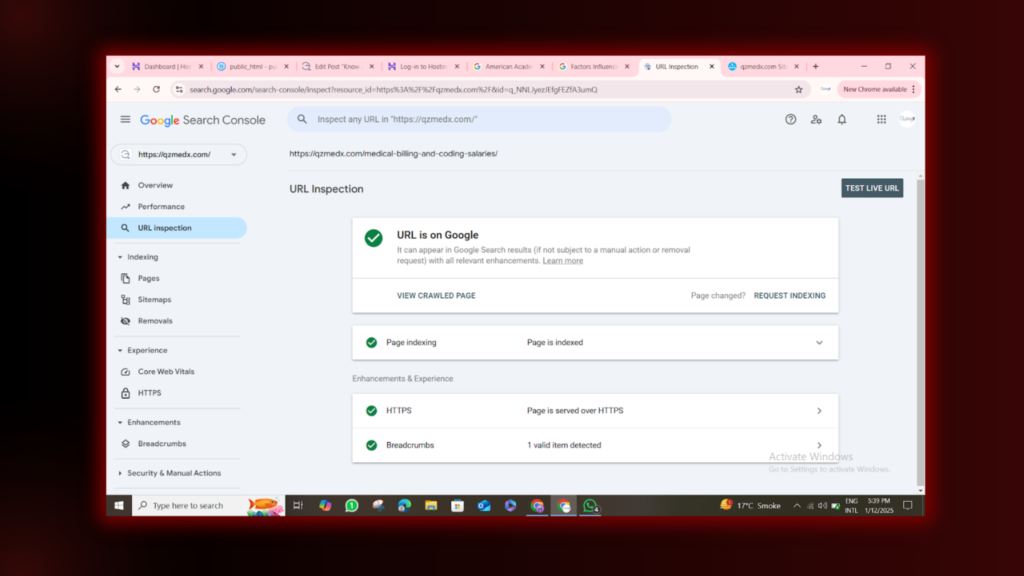
Crawling is a process in which search engines find new content as well as updates on existing content on the web. Automated programs, or bots, spiders or crawlers, perform this task.
- How it works: So spiders visit known website pages and follow the links on those pages to find others. Each page they scan just for the data about its content, structure and links.
- Example: A search engine’s bot may find out about a new blog post on a website if the website has a link to the homepage or another website, linking to it.
- Challenges: A robots.txt file can block a page on the page which can also block the page, if the page requires a user authentication page, crawlers will not access it and the page will not be available in search engine results.
2. Indexing
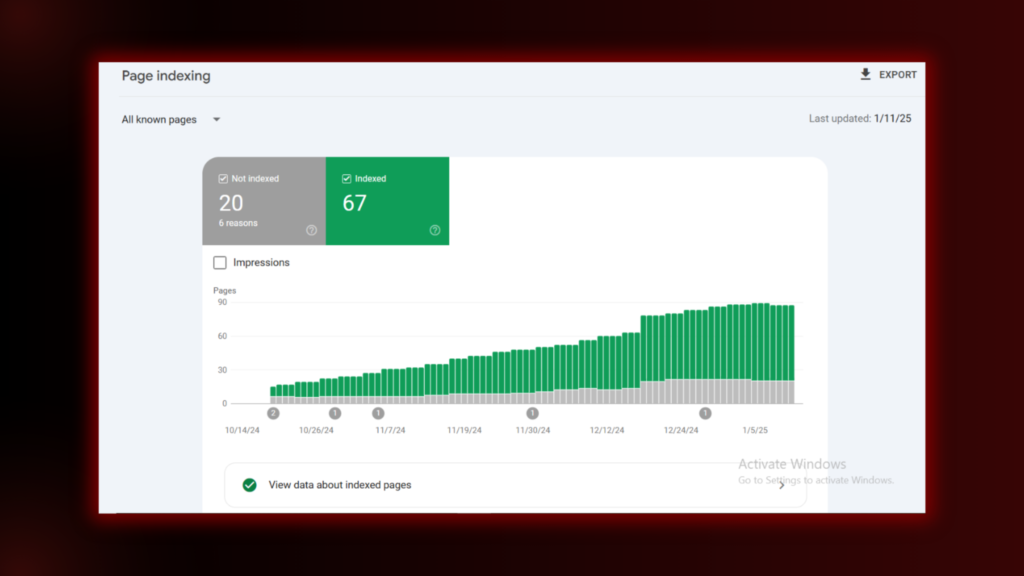
Once the web pages crawl, the content on those pages is analyzed and stored in the enormous database of the search engine, the index. It is the base for delivering the results that arrive to us through search.
- How it works: A search engine parses the content of a page to determine what subject it is, what keywords it is written about, and in general, what it is about. They also look at metadata (therein lies title tags, and meta descriptions) and how media files (images, videos, etc.) are relevant.
- Example: Which is indexed for things like hiking (or any outdoor activity), travel and best hiking trails. Yet, if the page has technical issues—a missing robots.txt directive, for example, or any bad canonical tags, it will probably not get indexed properly and will become invisible in search results.
- Best Practices: For indexing, websites should have clean URLs, and sitemaps, and avoid crawling errors that block the crawling of websites.
3. Ranking
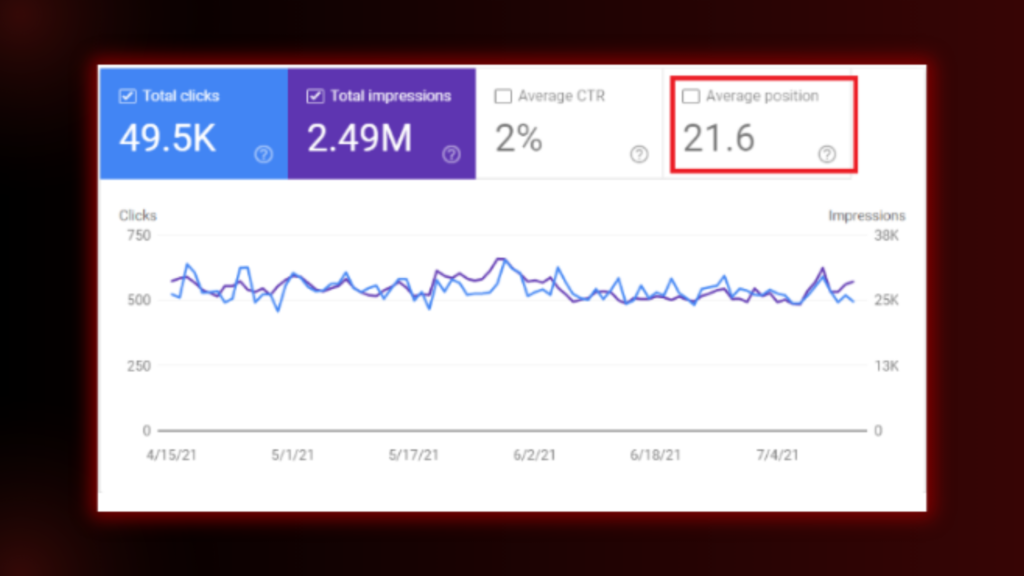
That is to say, after a page is indexed, the search engine decides where to put it in the search results for relevant queries. Lots of factors go into this process; a large part of it is directed towards the goal of serving up the most useful results to users.
- How it works: For example, Google considers a page prestigious with more than 200 ranking factors to estimate a page’s relevance and quality. Things include on-page elements (i.e. optimizing for keywords), technical performance (i.e. site speed and mobile friendliness) and user engagement metrics (i.e. click-through rates and bounce rates).
- Example: Supposing two pages are created on ‘healthy smoothie recipes’, a page that loads faster, has better use of keywords, and higher user engagement is probably going to be higher ranked.
- Continuous Evaluation: New refinements to search engine algorithms are released all the time in order to improve rankings and combat spam. To maintain or improve rankings, this means site owners should stay informed on the latest SEO practices.
Key Components of SEO
1. Relevance
Relevance answers the question: Does your content match what users are searching for?
Example: If someone searches for “best protein bars,” your content should review protein bars rather than general snacks.
2. Authority
Authority depends on your credibility in the eyes of search engines. This often comes from backlinks (links to your site from other reputable websites).
Example: A backlink from Healthline to your blog on “nutrition tips” signals your content is trustworthy.
3. User Experience (UX)
UX involves everything from site design to mobile optimization.
- Example of Poor UX: A slow site with pop-ups everywhere.
- Example of Good UX: Airbnb has an intuitive interface, fast-loading pages, and a smooth booking process—all of which contribute to higher rankings.
Understanding Keywords
Keywords are the words and phrases users type (or speak) into search engines. They’re critical for aligning your content with search intent.
Types of Keywords
| Keyword Type | Description | How to Find |
| Seed Keywords | Basic terms are used as the starting point in keyword research to generate more keyword ideas. | Brainstorm ideas, analyze competitors’ keywords, examine website navigation menus, and observe language used on social media. |
| Informational Keywords | Search queries where the user seeks information, e.g., “Who invented the mouse.” | Identify common question phrases or topics within your niche. |
| Navigational Keywords | Queries aimed at finding a specific website or page, e.g., “Facebook login.” | Analyze brand-related searches or direct website queries. |
| Commercial Investigation Keywords | Searches where the user is considering a purchase but seeking more information, e.g., “Ahrefs review.” | Look for product reviews, comparisons, or best-of lists within your industry. |
| Transactional Keywords | Queries indicating a readiness to purchase, e.g., “buy iPhone 14.” | Identify searches with buying intent, often including terms like “buy,” “discount,” or “deal.” |
| Competitors’ Keywords | Keywords that your competitors rank for, providing opportunities to target similar terms. | Use tools like Ahrefs’ Site Explorer to analyze competitors’ organic keywords and identify gaps. |
| Primary Keywords | The main keyword that a page is optimized for, represents its core topic. | Conduct keyword research to find terms with search traffic potential, aligned search intent, business value, and within your ranking capabilities. |
| Secondary Keywords | Keywords closely related to the primary keyword, supporting the main topic and capturing additional search traffic. | Use related terms reports or content gap analysis to find keywords that complement your primary keyword. |
Why do Keywords Matter A Lot?
- Align with Search Intent: Proper keyword usage ensures your content addresses what users are looking for.
- Improve Visibility: Search engines use keywords to understand your content and match it with relevant queries.
- Boost Engagement: By targeting the right keywords, you attract users who are more likely to engage with your content.
- Increase Conversions: Keywords, especially transactional ones, can lead to higher conversion rates when used strategically.
How to Do Keyword Research:
- Tools You Can Use:
- Google Keyword Planner for finding search volumes.
- SEMrush and Ahrefs for competition analysis.
- AnswerThePublic for content ideas.
- Real-Life Example:
If you’re writing a blog for a travel site:- Use long-tail keywords like “top 10 budget-friendly destinations in 2025.”
- Analyze competitors’ content and find gaps you can fill.
On-Page SEO Essentials
1. Title Tags and Meta Descriptions
Your title tag and meta description are the first impressions; users have of your site in search results.
- Example of a Good Title:
- “10 Essential SEO Tips for Beginners in 2025.”
- Example of a Catchy Meta Description:
- “Learn actionable SEO tips to boost your site’s ranking in 2025. Perfect for beginners!”
2. Crafting SEO-Friendly URLs
Keep URLs concise, descriptive, and keyword-focused.
- Bad Example: www.example.com/p=12345
- Good Example: www.example.com/seo-tips-2025
3. Using Header Tags Effectively
Structure content with clear headings:
- H1: “How to Start SEO in 2025”
- H2: “Why SEO is Critical This Year”
- H3: “Voice Search and Its Impact on SEO.”
4. Image Optimization
- Rename files to include keywords: organic-chocolate-cake.jpg
- Add alt text for accessibility: “A slice of organic chocolate cake with frosting.”
Technical SEO for Beginners
- Site Speed:
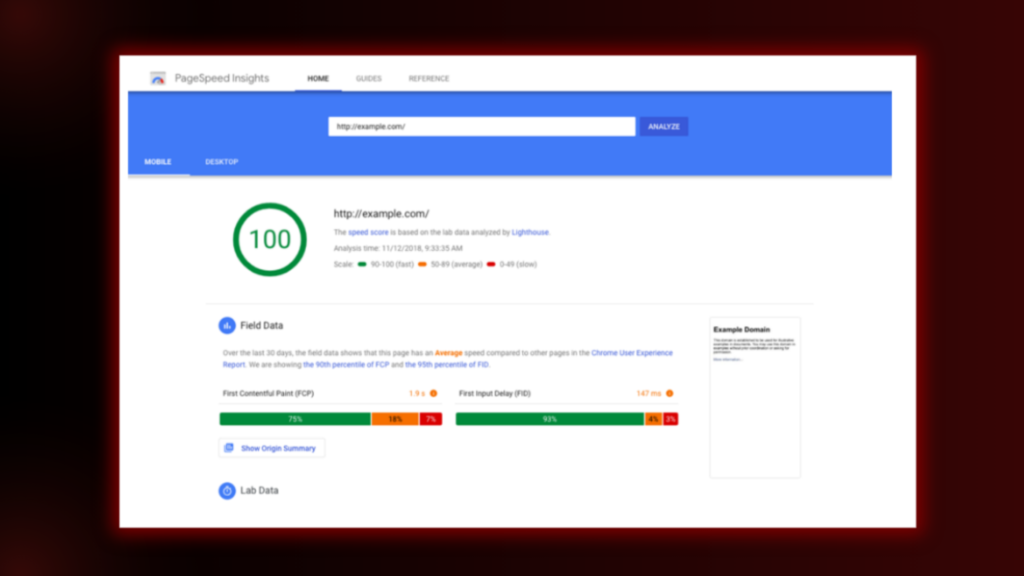
- A delay of even 1 second can lower conversions by 7%.
- Tools: Use GTmetrix to identify speed issues.
- Mobile-Friendliness:

- With mobile-first indexing, your site’s mobile version is prioritized.
- Test with Google’s Mobile-Friendly Test Tool.
Check out how to improve your website’s speed and performance
- SSL Certificates:

- HTTPS sites are secure and favoured by Google.
Off-Page SEO
Off-page SEO refers to actions taken outside of your website to improve its search engine rankings. One of the most important aspects of off-page SEO is building backlinks—links from other websites pointing to your own. Backlinks are a key factor in how search engines evaluate the credibility and authority of your site.
The Importance of Backlinks
Backlinks serve as “votes of confidence” for your website. When a reputable site links to your content, it signals to search engines that your website is trustworthy and valuable. This can significantly boost your rankings and visibility.
Quality Over Quantity
While it’s tempting to gather as many backlinks as possible, the quality of the backlinks is far more important than the sheer number of them. High-quality backlinks come from authoritative, relevant sources that are trusted by search engines.
- Quality Backlinks:
- Come from authoritative, well-established websites.
- Are relevant to the content or topic of your site.
- Provide value to users, not just a link for SEO purposes.
- Low-Quality Backlinks:
- Come from spammy, irrelevant, or low-authority sites.
- Acquired through unethical practices, like link farms or paid links.
- Harm your site’s rankings and credibility.
Example of a Quality Backlink:
- Earning a Link from Reputable Sites: Getting a backlink from a high-authority website like Forbes is a great example. When Forbes links to your article, it not only drives traffic but also signals to search engines that your content is credible, which can result in a significant boost to your site’s authority and rankings.
Types of Backlinks
- Editorial Backlinks:
- Links are earned naturally through high-quality content that others find valuable enough to link to.
- Example: A popular blog cites your article as a resource.
- Guest Post Backlinks:
- Links are acquired by writing guest posts for other websites in your niche.
- Example: Writing a guest post for a well-known tech site and getting a link back to your website in the author bio.
- Directory Backlinks:
- Links from online directories, often industry-specific.
- Example: Being listed in a reputable business directory like Yelp or industry-specific directories.
- Social Media Backlinks:
- Links shared through social media platforms.
- Example: Sharing your article on LinkedIn, which encourages others to visit your site.
Final Thoughts
By the end of this beginner’s guide to SEO 2025, you must be aware of what exactly SEO is and how it works. In case there’s still anything you wanna talk about or want a professional and experienced team to handle the SEO of your website, BrandClickX is here for you!
Checkout our detailed SEO audit checklist 2025 to see if your website is going in the right direction
Contact Us today to discuss this in detail!
FAQs
How long does it take to see results from following the Beginner’s Guide to SEO 2025?
Results from implementing the Beginner’s Guide to SEO 2025 vary based on several factors, including website age, competition, and effort. Generally, it can take several months to start seeing significant improvements in search rankings, as SEO is a long-term strategy.
Can I implement the strategies from the Beginner’s Guide to SEO 2025 on my own?
Yes, the Beginner’s Guide to SEO 2025 is designed for beginners, and it provides clear, easy-to-follow instructions. Even if you’re new to SEO, you can implement the strategies outlined in the guide on your own with consistent effort and patience.
What tools does this Beginner’s Guide to SEO 2025 recommend for beginners?
The Beginner’s Guide to SEO 2025 suggests using popular SEO tools such as Google Analytics, Google Search Console, Ahrefs, SEMrush, and Ubersuggest. These tools help with keyword research, backlink analysis, and performance tracking, all of which are crucial to improving your SEO efforts.
What are the key topics covered in the Beginner’s Guide to SEO 2025?
The Beginner’s Guide to SEO 2025 covers essential topics such as keyword research, on-page SEO, content optimization, link building, technical SEO, and local SEO. It also emphasizes the latest updates, tools, and algorithm changes expected in 2025, helping beginners understand current best practices.

